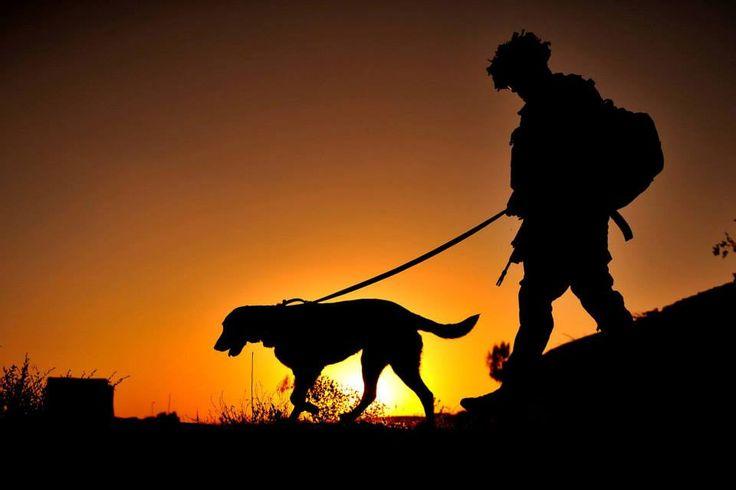
-
entries
23 -
comments
18 -
views
137,010
About this blog
Thoughts on dog breeding and genetics
Entries in this blog
3
 Donate
DonateDid you find our content interesting or helpful? Help support the IPFD enhance health, well-being and welfare for dogs everywhere.

Thoughts on dog breeding and genetics
By using this site, you agree to our Terms of Use.